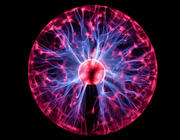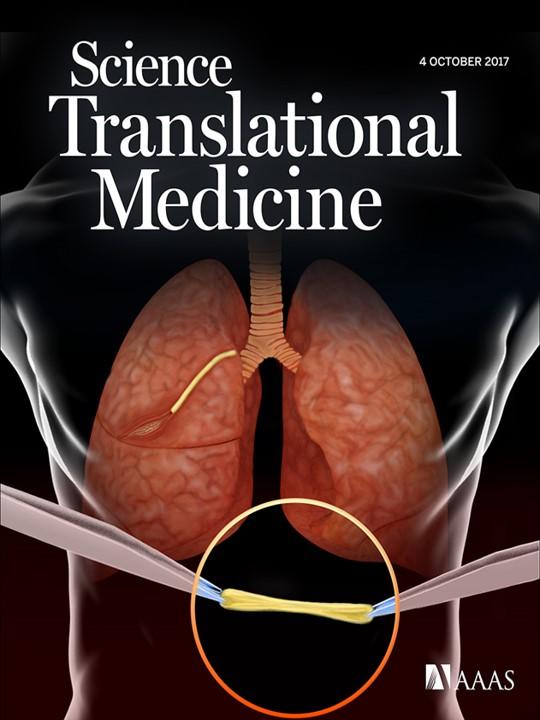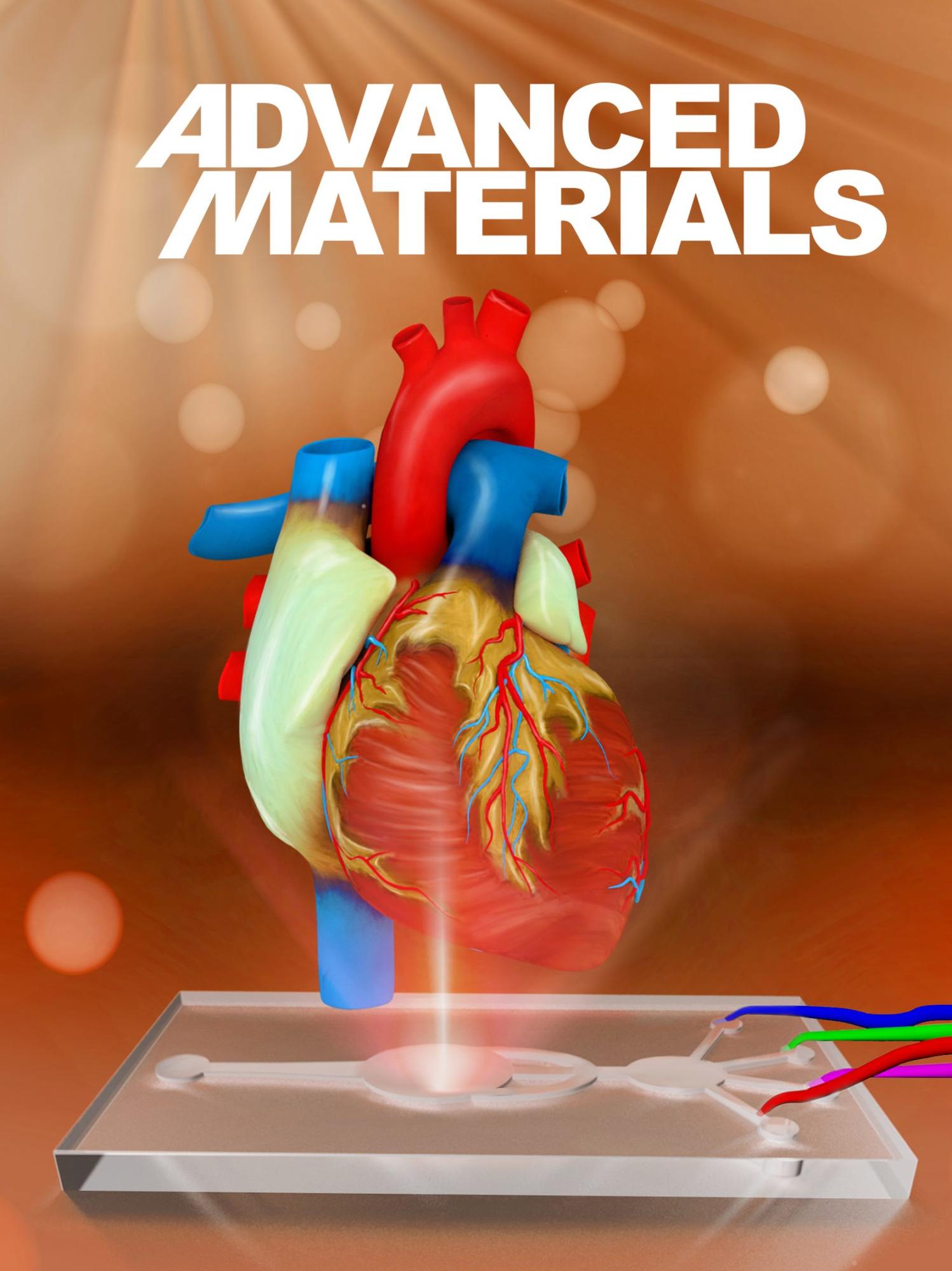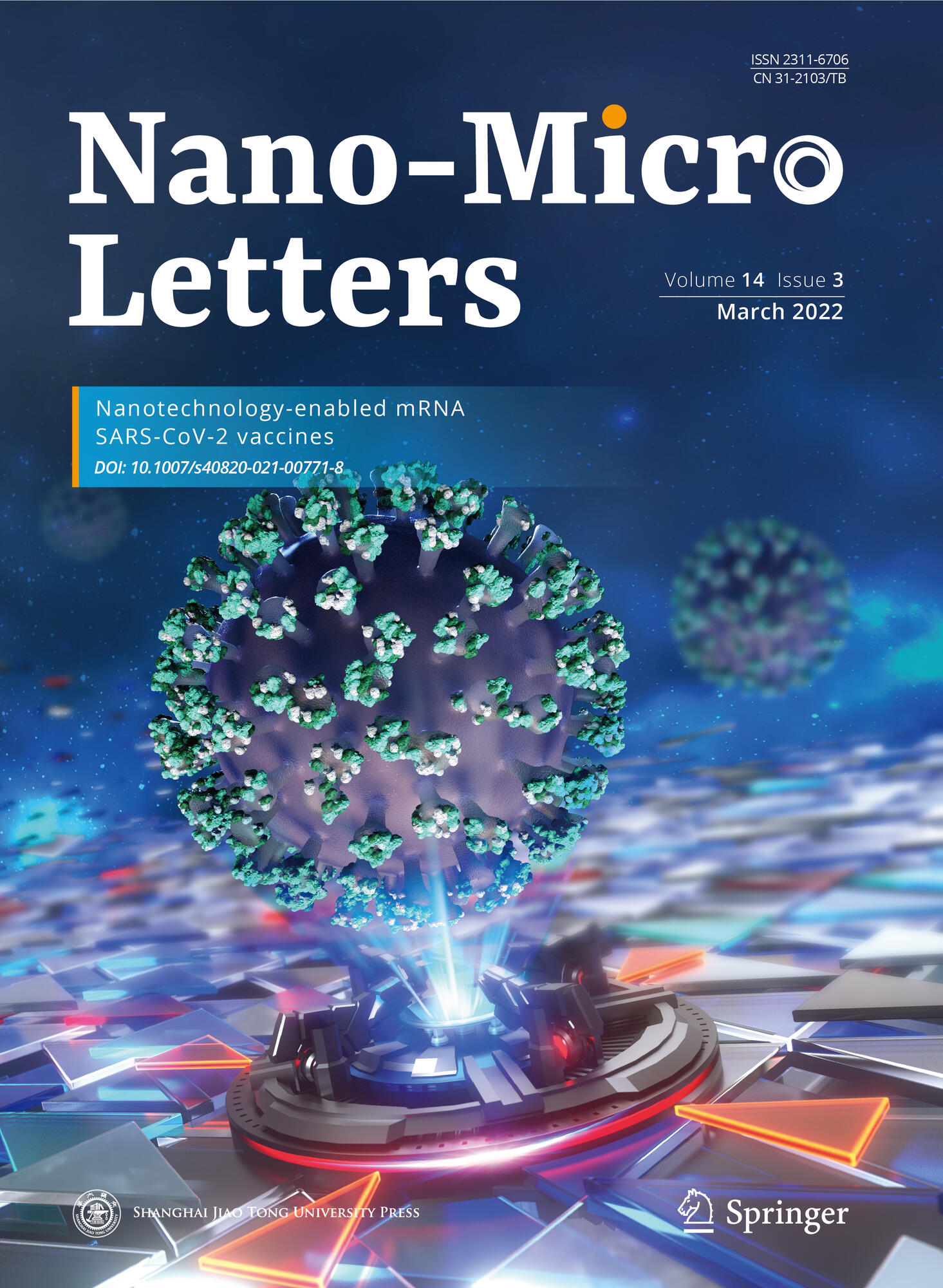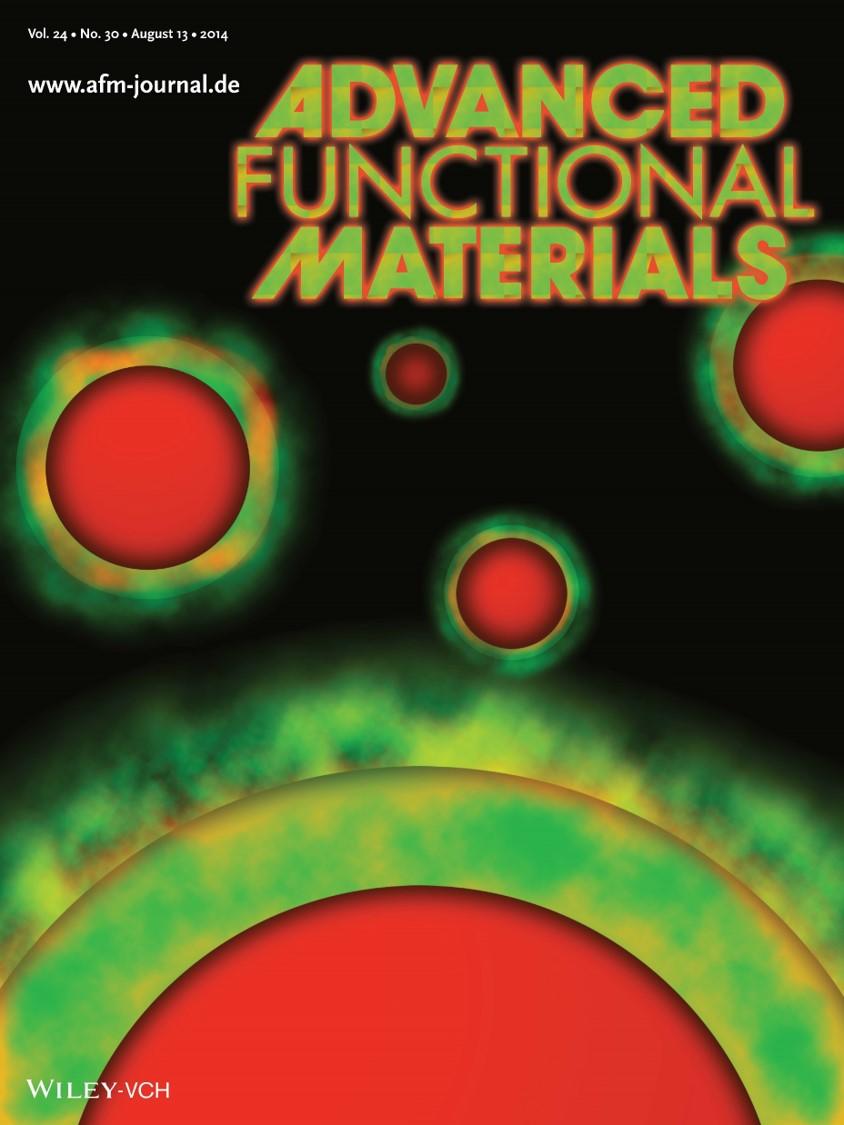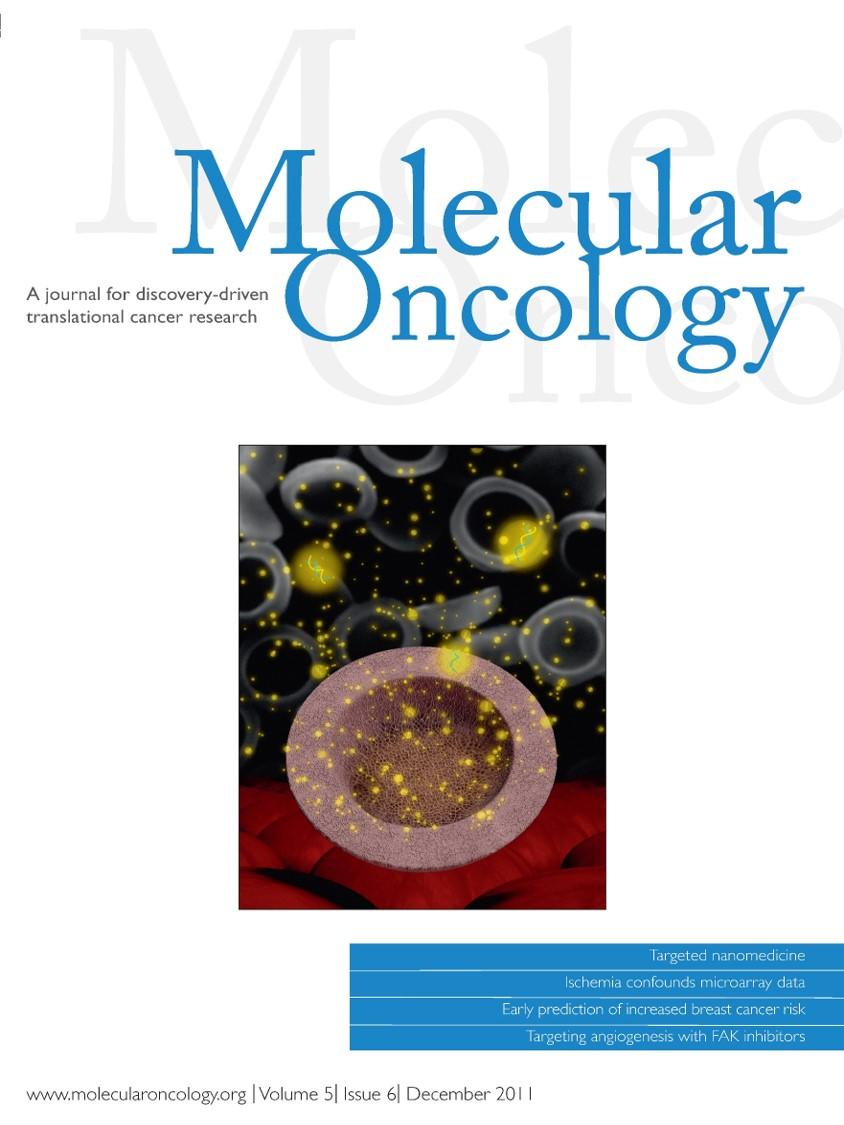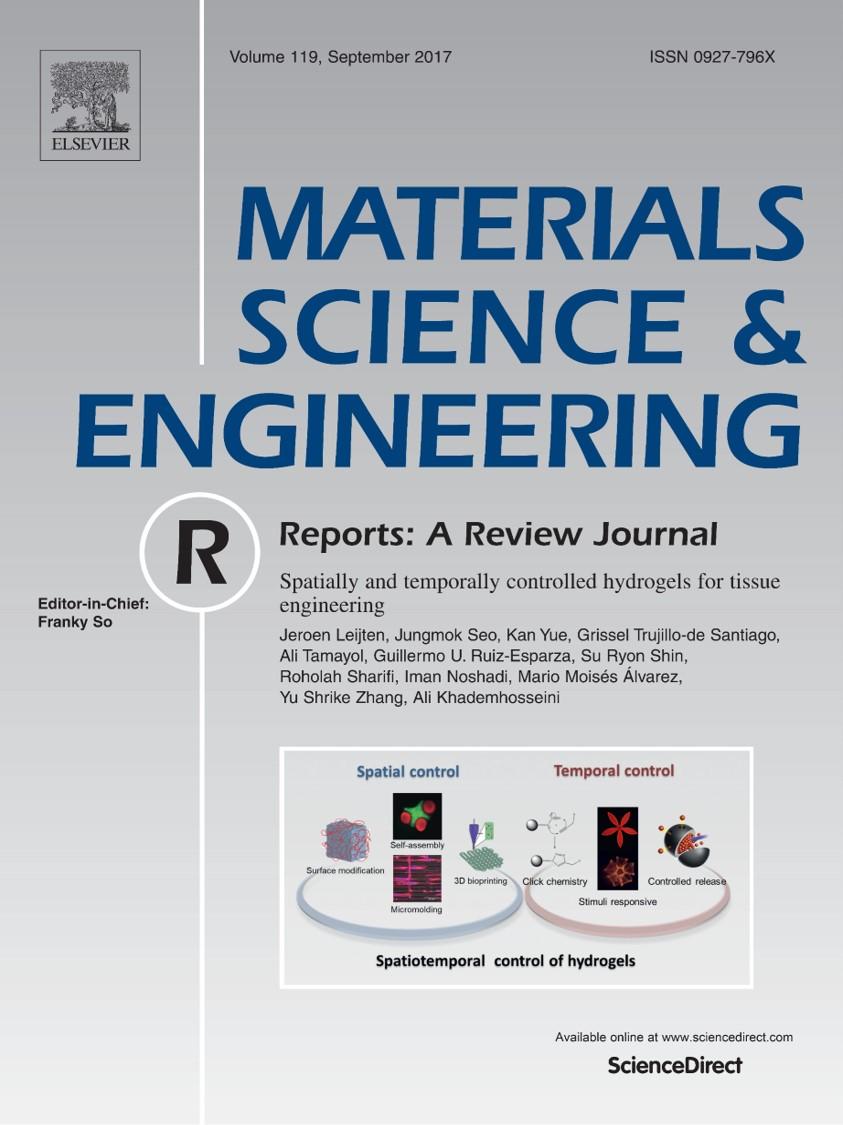Citation:
Ruiz-Esparza GU, Blanco E, Shamsdueen S, Flores-Arredondo JH, Serda R, Ferrari M, and Torre-Amione G. 3/10/2013. “Cellular association of nanocarriers in cardiac cells.” In Journal of the American College of Cardiology, 10th ed., 61: Pp. E1834. San Francisco, California, USA: ACC.13 – American College of Cardiology 62nd Annual Scientific Session & Expo. Link
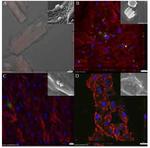
Abstract:
Background: Mesoporous silicon particles (MSVs) offer delivery of nanotherapeutics in a sustained fashion, while biofunctionalization with targeting ligands enhances accumulation in target tissues. We hypothesize MSVs can be internalized by cardiac cells, after which they can deliver powerful payloads of therapeutics including siRNA and genes. Intracellular uptake of MSVs was investigated in cardiac myocytes (CM), cardiac fibroblasts (CF), cardiac smooth muscle cells (CSMC) and cardiac endothelial cells (CEC).Methods: Negatively charged fluorescent nanoparticles (10nm) were loaded within pores of positively charged MSVs (1μmx400nm). In vitro uptake in a ratio of 25 MSVs per cell was evaluated after 3 hours of incubation via image stream analysis, as well as confocal and scanning electron microscopy.
Results: MSVs underwent cellular uptake, resulting in intracellular trafficking. Data obtained by image stream analysis allowed for quantification of MSV uptake rate as a function of cell area. The mean uptake count per cell was 18, 16 and 4 for CEC, CSMC and CF respectively. CM were subjectively quantified via microscopy resulting in a 25% enhancement of MSV capture compared with CSMC.
Conclusions: Cardiac cells can effectively internalize MSVs, with differences arising from cellular morphology and intracellular trafficking. Multifunctional delivery systems, molecularly targeted with high affinity ligands, could have vast potential in personalized delivery of therapeutics to cardiac cells.
